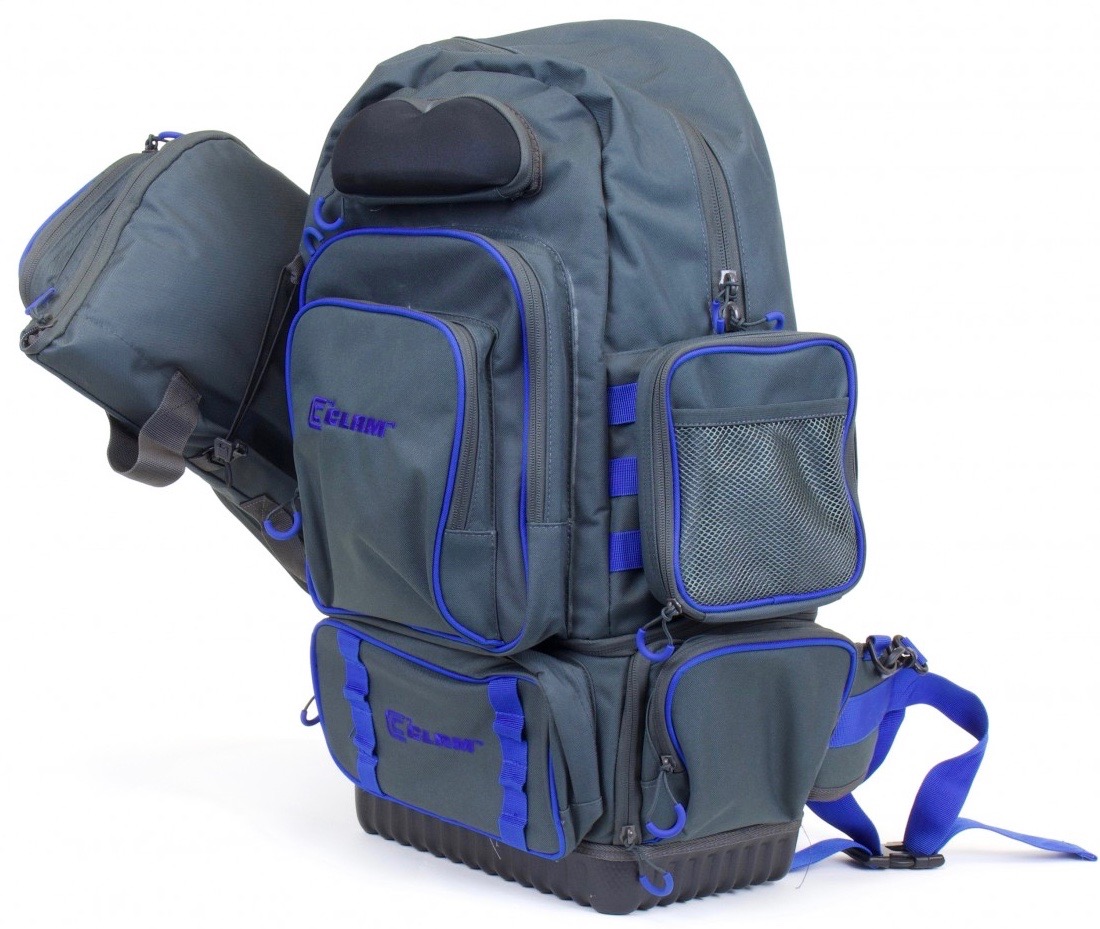Everything you need to stay alive in the wild
Advertisement
I spend a lot of time in the field, and whether I’m hunting spring turkeys or fall moose, I’m always aware that a misstep can turn any outing into a survival situation in the blink of an eye. So, along with ensuring my mental toolbox is well equipped, I always carry two survival kits when in the bush.
For starters, I keep a substantial kit in my daypack in case of an unplanned stay. It contains food, a large first-aid kit, plastic sheeting, signalling devices and other more bulky items. Then I have a bare-bones mini-kit that stays on my belt at all times. Although it contains only the essentials (as listed below), it could make the difference in a survival situation. Simply place all the items, except the rubber bands and duct tape, into a sealable bag and remove the excess air using a straw. Fold the package as compactly as possible, then wrap it with the elastics and tape. Place it into a small belt pouch, and bring it along whenever you venture outdoors.
Advertisement
- 10 feet of duct tape (for shelter construction, general repair and sealing wounds)
- 3 elastic bands (for trap triggers and general use)
- 2 feet of brass wire (for animal snares or lashing)
- 40 feet of 40-pound-test braided fishing line (as above, and for sutures or fishing)
- Non-lubricated condom (for collecting water or sealing cuts)
- Mylar space blanket (for a waterproof barrier/heat reflector and collecting rainwater)
- Pen-style water purification filter, or 4 water purification tablets
- Button-style mini-compass
- 2 magnetized needles (for emergency sutures, an emergency compass or bending into fish hooks)
- 4-day ration of personal needs, such as medication (e.g., heart pills, insulin)
- 5 waterproof matches (as backup for the lighter)
- Compact lighter
- 4 Imodium tablets (to avoid dehydration from diarrhea)
- Magnesium shavings or small magnesium block (for igniting wet tinder)
- 2 single-edged razor blades or scalpel blades
- Mini LED keychain light (for backup lighting)
- 2 feet of aluminum foil, folded (for a heat barrier, improvised pot or signalling)
- 2 feet of plastic wrap (for covering wounds or collecting water)
Tip
Looking for a prepackaged survival kit? Adventure Medical Kits offers a wide variety of compact, lightweight options, as well as individual components such as survival blankets.

